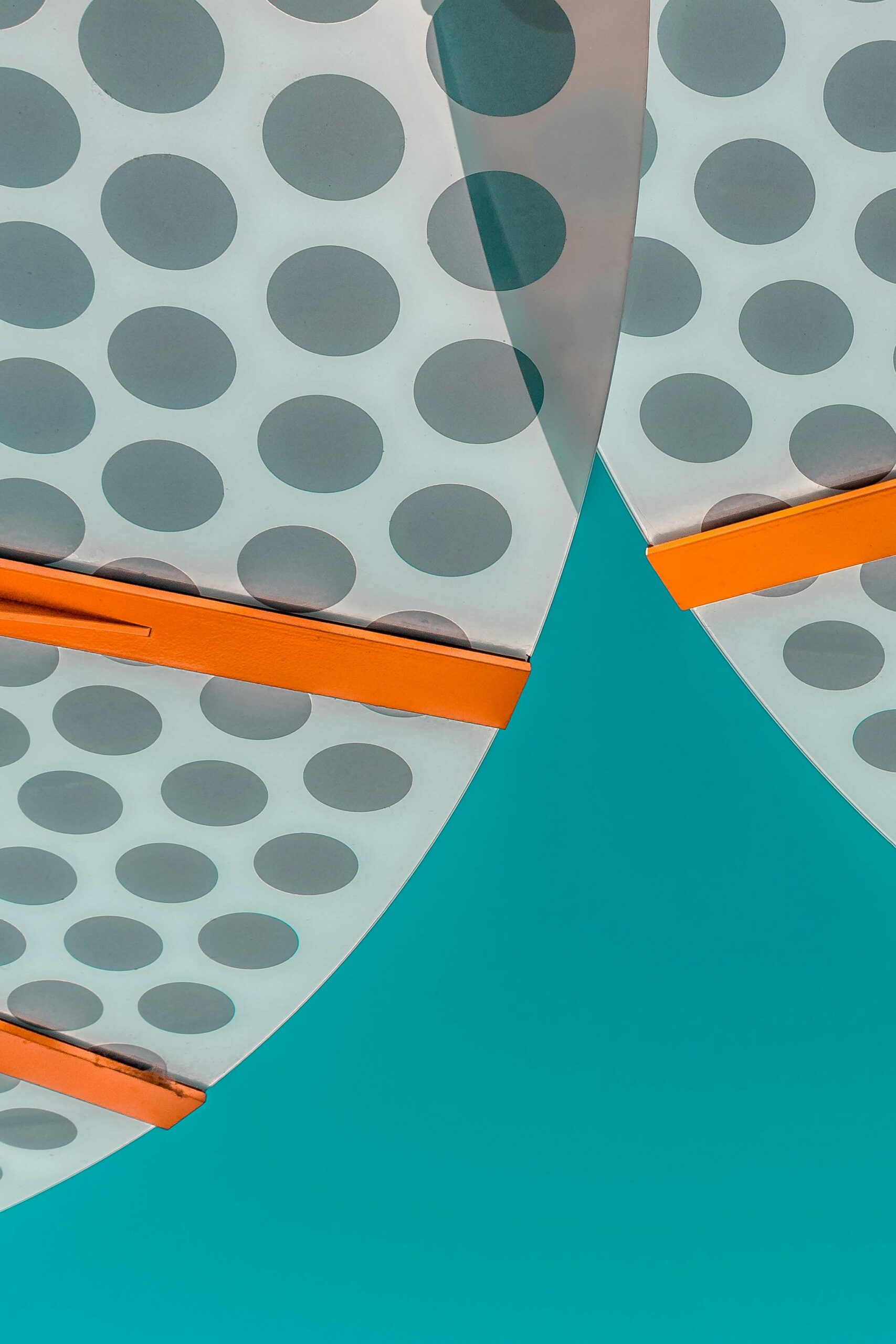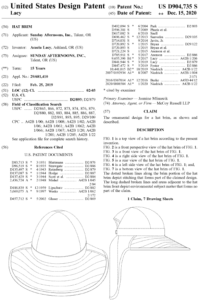
Design patents often rely heavily on visual representations to protect the unique aesthetic features of an invention. Drawings that show the claimed design need to be consistent. As it is generally preferable to have six figures to show a full article to cover all its aspects, it is important to be mindful of the perspective views. Perspective views may also be included, but some applicants rely on perspective views without all corresponding six views. This can create issues as perspective views may cause distortion and thus inconsistency with the other six views. As another example, if only perspective views are used, there may be aspects of the design that are not fully shown, which can be fatal to the application.

One potential approach to supplement disclosure of a design application in case problems arise in prosecution is to utilize an appendix. While appendices may be an uncommon addition in utility patents, they emerge as invaluable assets in design patents. These supplementary materials, comprising images, photographs, and materials, offer comprehensive support beyond what drawings alone may provide. Such additional support can be especially useful for international applications and for depicting intricate details that are not clearly shown in the drawing. Appendices enrich the patent disclosure, ensuring a robust path for prosecution, particularly in the US.
McCoy Russell has a specialty design practice that makes use of both in-house drawing specialists and trusted drafts teams to support its clients’ designs. Please contact us at [email protected] if we can be of assistance.

